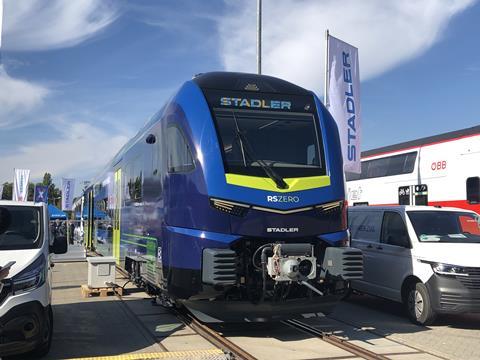
INNOTRANS: Stadler has unveiled its prototype RS Zero lightweight railcar, offered in hydrogen or battery powered versions as a locally emission-free successor to the successful Regio-Shuttle RS1 family of diesel railcars for use on secondary routes where a high passenger capacity is not required.
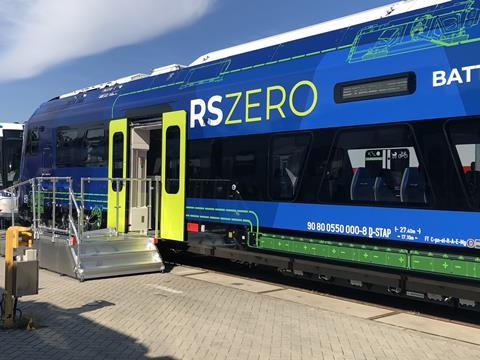
Stadler says the RS Zero retains the advantages of the tried-and-tested RS1, but adds environmentally friendly drive technologies; the prototype uses two 200 kW hydrogen fuelled combustion engines, and a battery power version is being offered, but it does not plan to produce a diesel version.
Stadler envisages that battery trains would be used in areas with some overhead electrification, and the hydrogen version on network which are currently largely diesel operated. Hydrogen combustion can use a lower grade of hydrogen than fuel cells, and the maintenance is similar to that for a diesel train.
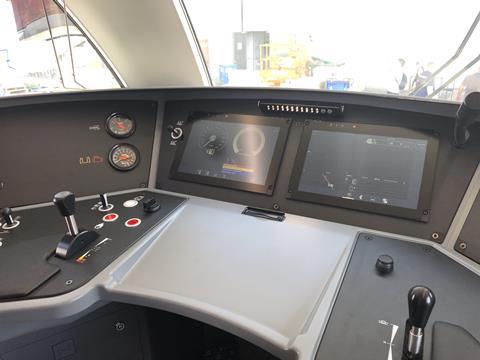
Approval for operation is expected in 2026. Stadler sees a large potential market for use on existing lines or enabling lines to be reopened for zero-emission operation without requiring electrification. The main market is expected to be Germany, because of the age of the first generation of Regio-Shuttles which are now 30 years old, but the design could be suitable for use elsewhere. Stadler is targeting customers in Germany and the Czech Republic where the current units are used, and also sees opportunities for Germany – Netherlands regional routes.
Stadler says the RS Zero could also meet French branch line requirements, but it is not a priority market.
Interior options
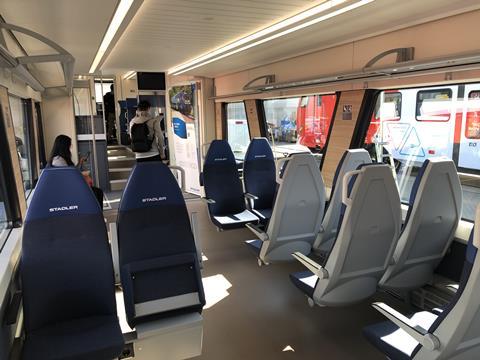
The RS Zero is offered in one or two-car sets for 70 to 150 passengers. The single car version is 27·4 m long and 2 820 mm wide. Most of the components are on the roof, and the lightweight design has an axle load under 18 tonnes.
It has a low entry height and step-free low-floor area. The flooring is made from 98% renewable raw materials and the wall panelling from recycled materials, including PET bottles. The air-conditioning uses a climate-friendly refrigerant. The design is TSI compliant, unlike Stadler’s GTW family of multiple-units, and can be equipped with ETCS.
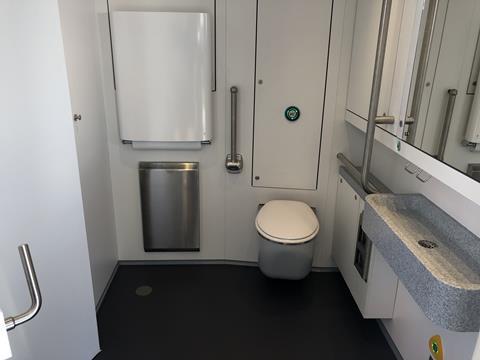
The prototype on show at InnoTrans has 59 seats and shows the numerous design options available. These include semi-private working areas for business travellers, multi-purpose area for bicycles, pushchairs and bulky luggage, lounge and comfort zones, and an accessible toilet.
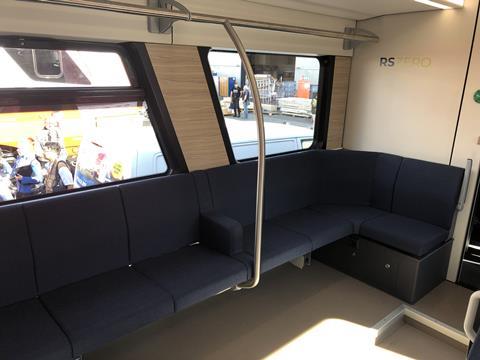
The hydrogen powered RS Zero has a range of more than 700 km in the single car version, and a two-car version would offer more than 1 000 km. Battery trains will offer ranges of 80 to 110 km or 90 to 180 km. The maximum speed is 120 km/h.
A new chapter in this success story
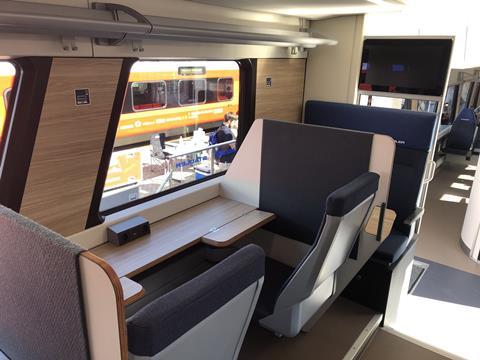
The original Regio-Shuttle design was developed by VÚKV Praha in 1994 for ABB Henschel and AEG Schienenfahrzeuge. Adtranz acquired the product line 1996 and produced a total of 209 Regio-Shuttles. The design was taken over by Stadler as part of Bombardier’s acquisition of Adtranz, and it produced 287 including the final one in 2013.
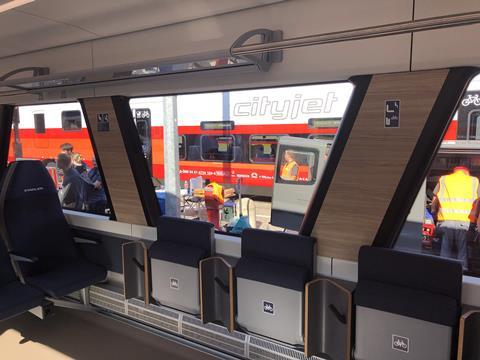
While technology has progressed to the extent that the RS Zero is in effect a new design, Stadler has opted to retain the distinctive trapezoidal window bands of the original Regio-Shuttle as a design feature.
‘The Regio-Shuttle RS1 is an important part of Stadler’s history’, the company’s Chairman Peter Spuhler said when the prototype was rolled out the Pankow factory in Berlin during August. ‘I am delighted that we start a new chapter in this success story with the RS Zero which enables us to further expand our technological leadership in the field of alternative drive technologies.’


















